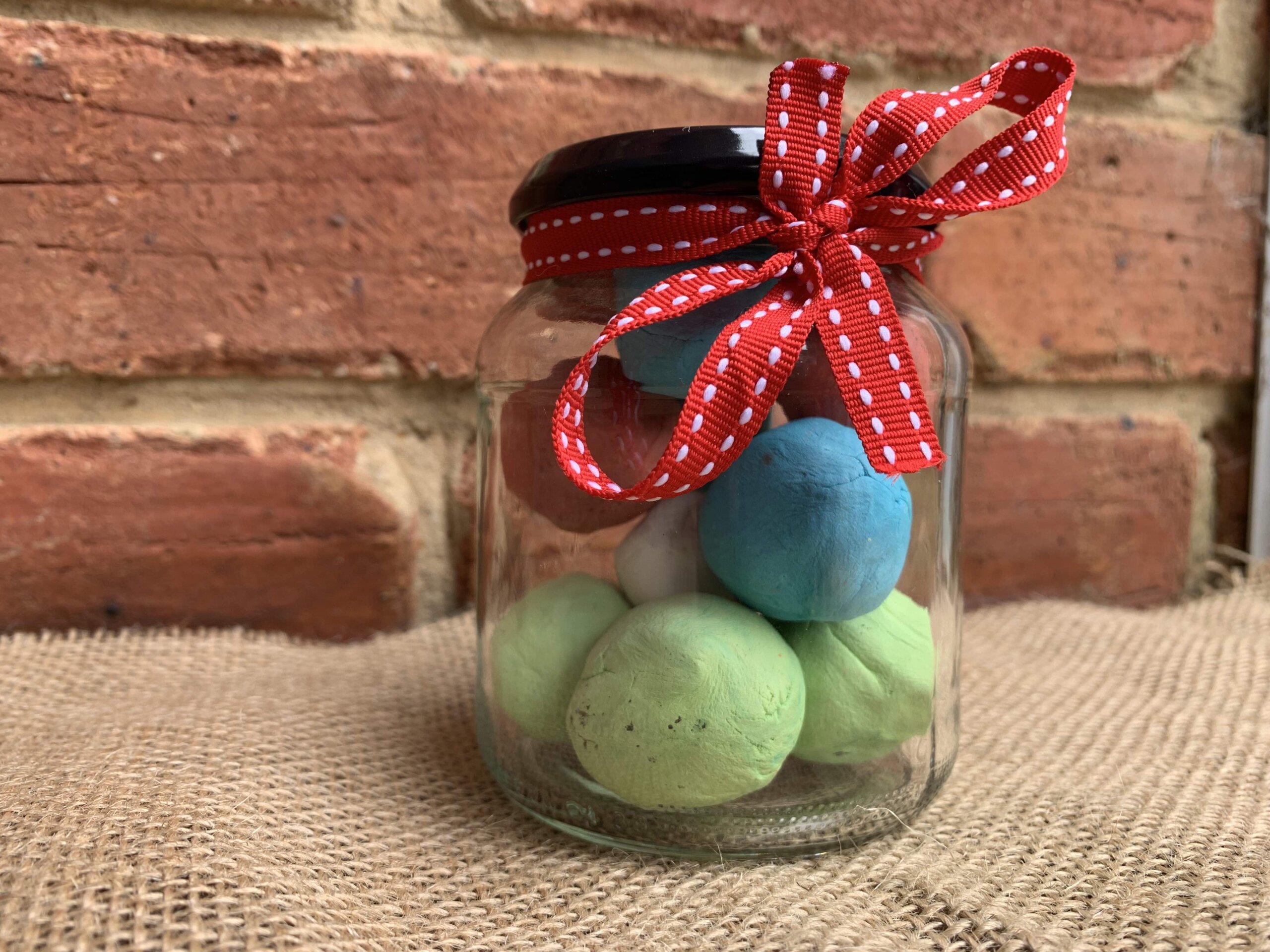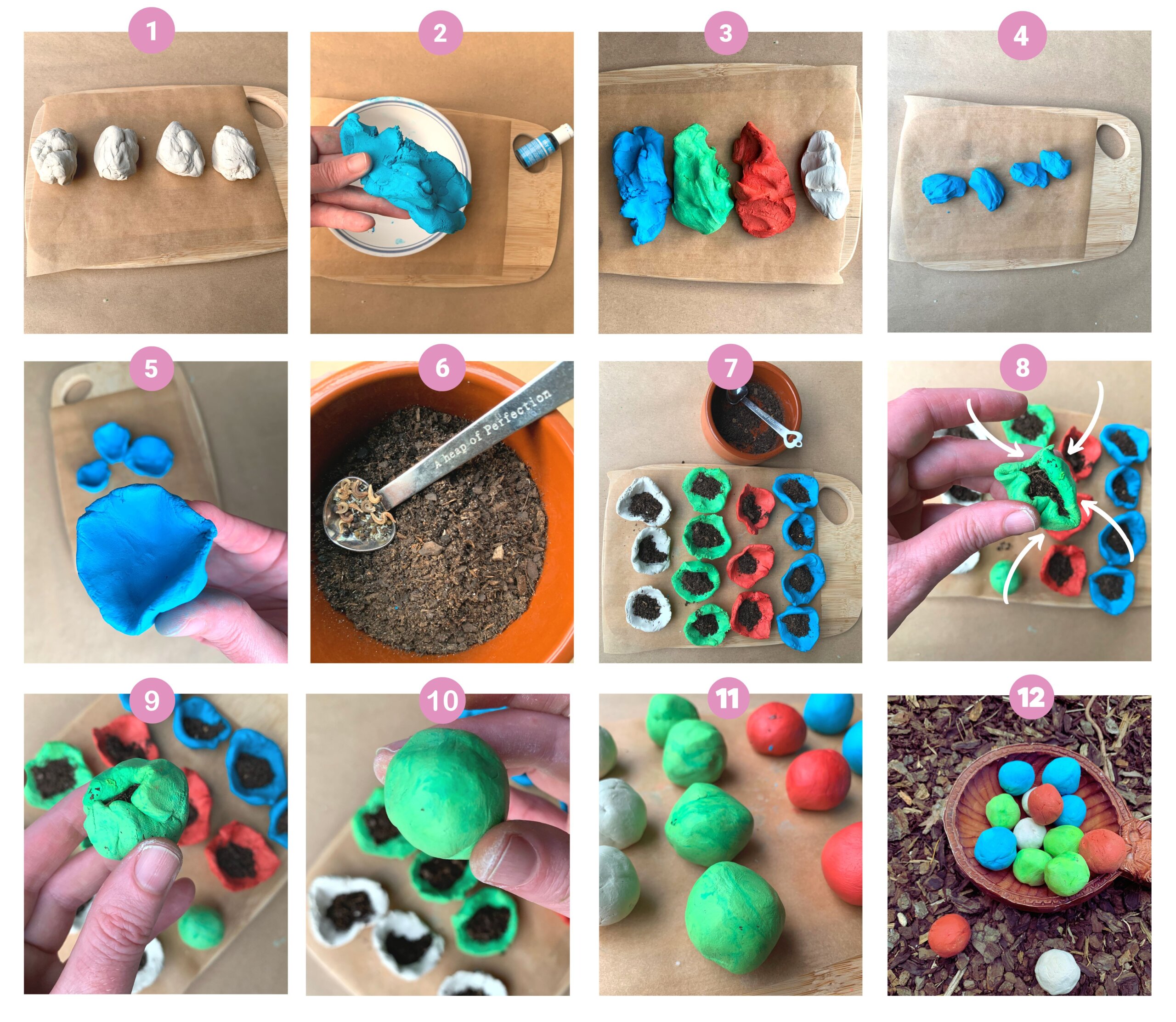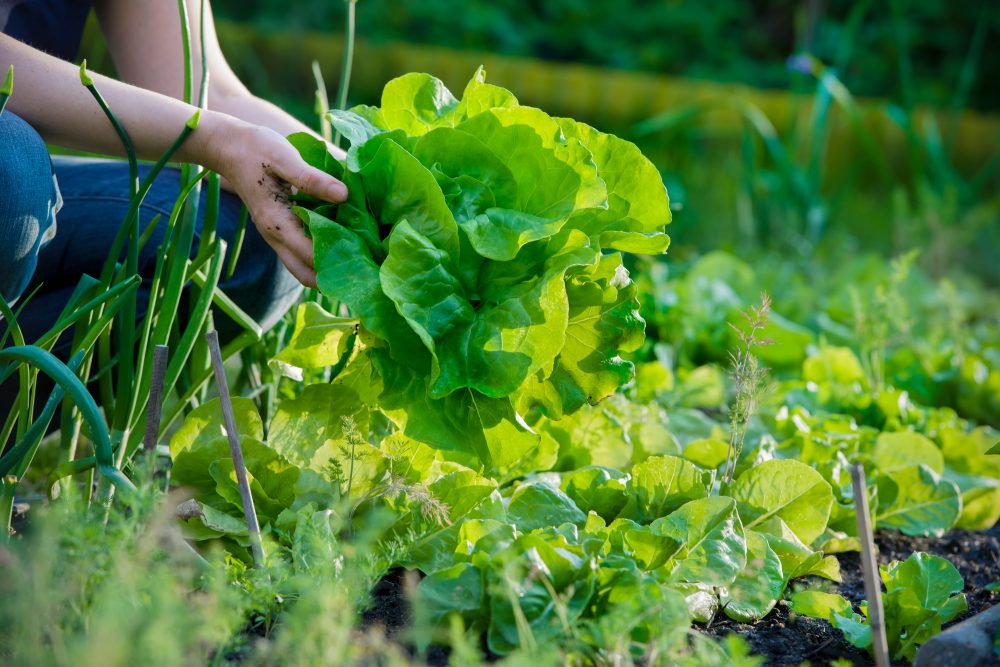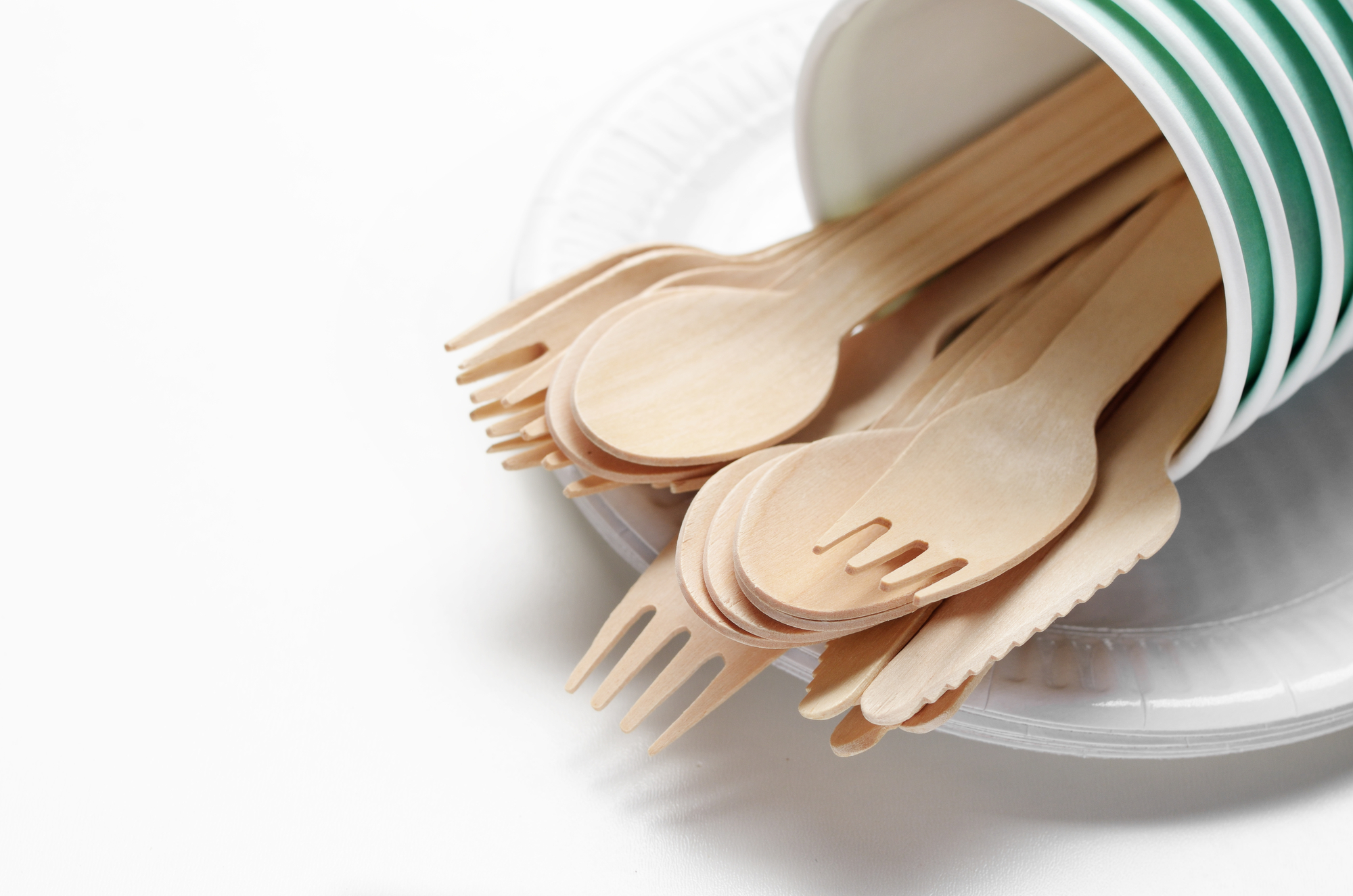What are seed balls?
Seed balls, also called seed bombs, have been around for thousands of years. In Japanese, this ancient practice is called Tsuchi Dango meaning Earth Dumpling. The practice is said to have originated from a Japanese farmer and philosopher named Masanobu Fukuoka. He created and dispersed seed bombs, and found it was a great way of natural farming, as well promoting a healthier ecosystem. Seed bombs also had a resurgence in the 60’s and 70’s to beautify neighbourhoods.
Little Sprouts’ easy to make seed balls will grow into stunning flowers to attract pollinators to your garden and increase the variety of flowering plants in your local area. This is a great way for children to learn about the importance of pollinators and nature, as well as practice fine motor skills through actions like spooning the soil and rolling the clay into a ball.
Seed balls can either be placed directly in your garden, like in a pot or in a garden bed, or they can be dispersed in a suitable place in the wild. They don’t need to be buried. Simply place them on top of the soil and let nature do its thing. The seeds will germinate when/if the conditions are right.

Thanks for helping pollinators!
Flowers are not only pretty, but they are also food for important animals. Pollinators like honey bees and Australian native bees are essential, not only for healthy ecosystems but the food we consume. Pollination can occur when animals – such as insects, birds, and mammals, visit different flowers, transferring pollen between plants, and helping plants to produce seeds and fruits. Without pollination, we wouldn’t have food like almonds, apples, blueberries or even (gasp) chocolate! These seed balls are a perfect DIY present to make and give to a loved one over the festive season– the gift that keeps giving xox
Materials
Little Sprouts seed balls are fun and simple to make. Here are the resources you’ll need:
- Air Dry Clay. Our preferred brand is Crayola Air Dry Clay. It’s got a lovely, smooth texture. You can find this at Officeworks. If you want to make colourful seed balls, get the white clay. Or if you prefer a more natural look, there’s the option of terracotta coloured clay.
- Soil or compost. We like to use Scotts Osmocote Seed and Cutting Premium Potting Mix from Bunnings.
- A small spoon
- A bowl for the soil and seed mix
- Choose a variety of seeds, for example native wildflowers or flowering herbs. Research local flowers in your area that are loved by Australian pollinators (and are not invasive weeds). For inspiration, here are some seeds we’ve chosen (Victoria, Australia):
- Thyme – Thymus pulegloides
- Nemophila ‘Baby Blue Eyes’ – Nemophila menziesii (insignis)
- Swan River Daisy – Brachyscome iberidifolia
- Sage – Salvia officinalis
- Calendula – Calendula officinalis.
- Reusable gloves (useful to protect your hands from the dye)
- Food dye – your choice of colours
- A board with baking paper to protect your table surface.
Instructions to make festive seed balls

Instructions
Step 1
Split your clay into different piles (number dependent on how many different colours you will be making). If you are going with a natural look (terracotta or plain white clay), skip to Step 4.
Steps 2-3
Dye the clay using food dye. Work the dye through the clay. This is messy so we recommend using reusable gloves (that you can wash in between each colour). Once the seed balls dry, the colour does not come off easily.
*Please note: being air dry clay, we advise you cover the balls if you will be doing this activity over a longer period than a couple of hours.
Step 4
Once you’ve dyed your clay different colours, break up each pile into smaller pieces for the individual seed balls. Making the seed balls slightly bigger, will support children to effectively participate.
Step 5
Shape each of these smaller pieces of clay into a small bowl or cup-like shape.
Step 6
Add your selection of bee-friendly seeds into a small amount of soil and gently mix through.
Step 7
Add a small spoonful of the soil and seed mixture to each of the little clay bowls.
*Tip – don’t overfill the clay bowls with soil mixture as it will be difficult to close.
Steps 8-11
Gradually close the clay around the soil and seed mixture. Then work this into a ball by squeezing and rolling the clay.
Step 12
Leave the seed balls to dry in the air. This will take 2-3 days depending on environmental conditions (wind, sun etc.). Once the balls are dry, you can plant them, or wrap them up in some plastic-free/reusable packaging to gift to someone special. For example, in a glass jar, or a paper bag.









